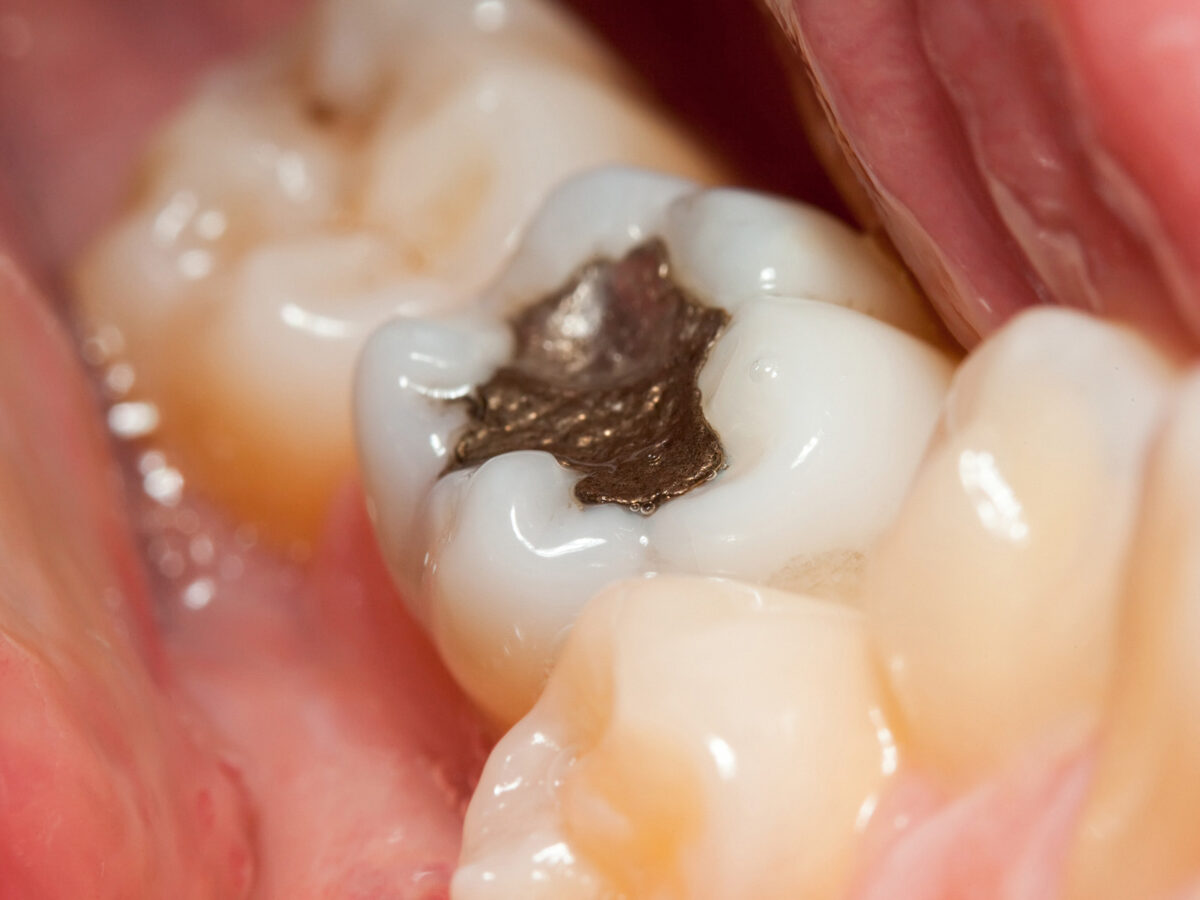Blog
Dental hygiene tips for healthy teeth & gums

What Are Tooth-Colored Fillings?
Modern dental materials and techniques are progressively providing new options for creating more aesthetically pleasing, natural-looking smiles. Researchers are working on generating aesthetically appealing materials, such as ceramic and plastic composites, that replicate the appearance of natural teeth. More individuals are asking their dentists about white fillings these days because they want their teeth to appear natural whenever they laugh, talk, or smile. If the teeth are restored at the front of your mouth, your dentist may recommend white filling as it blends in well with tooth enamel and doesn’t look like fillings.
White fillings, commonly known as composite fillings, are tooth-colored fillings that restore the natural look of a decaying or previously filled tooth. A single visit is usually required for a composite filling, during which the tooth is examined and restored. Compared to other dental restorations, composite fillings need less of the healthy area of a tooth to be removed to retain the filling in place. This is due to the ability of composite materials to adhere to teeth.
What material is used to make tooth-colored fillings?
Composite resin is used to make tooth-colored fillings. While it is typically employed for cosmetic purposes, it’s also highly adaptable, making it an excellent choice for replacing silver fillings. Unlike silver fillings, which are made from mercury, tin, nickel, and copper, the composite resin is made up of glass and plastic. While their materials aren’t as robust as metal, they can nevertheless restore teeth for a long time period without generating unexpected side effects.
Benefits of tooth-colored fillings:
Adhesion to the tooth’s structure
Composite fillings provide additional strength by micro-mechanically bonding to the tooth structure.
Flexibility
A composite filling is generally used to repair chipped, fractured, or damaged teeth in addition to being used to fill cavities.
Preparation to avoid tooth decay
While eliminating cavities and preparing for the filling, less tooth structure may be removed as compared to amalgam fillings.
Beauty
The composite fillings’ color can be accurately matched to the color of existing teeth. Composites are especially well suited for usage in front teeth and other conspicuous areas of the mouth.
Because of cosmetics, tooth-colored fillings are currently utilized more frequently than amalgam or gold fillings. People choose fillings that fit in with the natural color of the teeth in a society that values a bright, white smile.
How to care for your teeth after filling?
To keep your fillings in good shape, practice proper dental hygiene by seeing your dentist for cleanings regularly. It would be best if you brush your teeth with fluoride toothpaste, floss, and gargle with an antibacterial mouthwash for at least one time in a day. If your dentist suspect a filling is broken or leaking, X-rays will be taken to analyze the condition. Call your dentist for an appointment if your tooth is excessively sensitive if you feel a sharp edge, see a crack in the filling, or missing a piece of the filling.
Book an Appointment to find out which treatment might be best for you.
